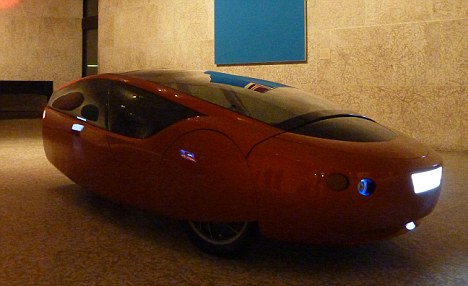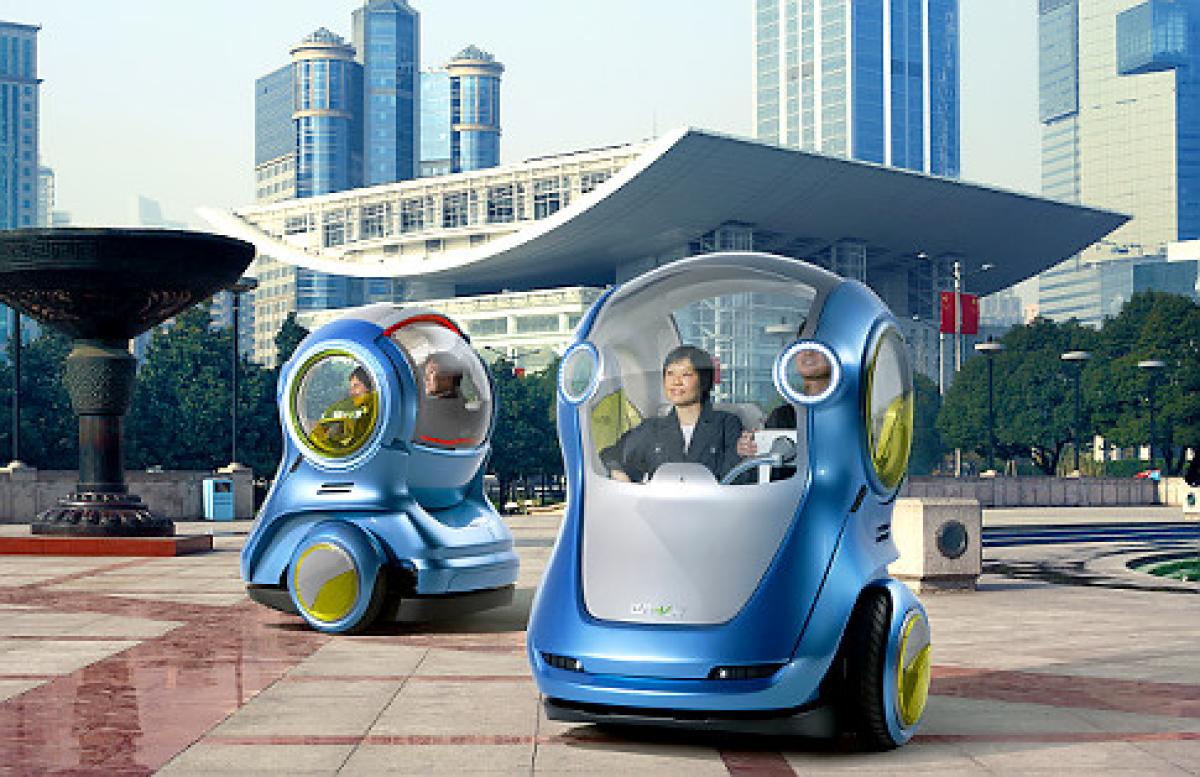One of the most radical ways to build a car is to print it. If you still can’t believe what you just read, ‘Urbee’ is a car that is being touted as the world’s first printed car.
It is manufactured using a special printer that builds layers upon layers of bodywork which actually seems like it has been ‘painted’ over, and over again. What’s really cool is that the car shall last at least 30 years and a highly durable material is used. The technology is being described as ‘additive layer manufacturing‘.
The Urbee runs on a petrol and electric hybrid engine which makes it one of the most eco-friendly vehicles in the world. Moreover, it uses 8 times less energy than similar cars and the design is inspired by science fiction. Layers of ultra thin composite material were fused together to make the car go 3-dimensional. This process is called ‘additive layer manufacturing’. The manufacturers and scientists, based in Winnipeg, Canada have proposed that the new technology could change the way we conceptualize products. In fact, products and vehicles can now be printed digitally and 3D printing technology could be used to replace parts within machines.
Urbee took almost 15 years to complete and comes with 3 wheels, a combustion engine in case there is an emergency and two seats. Though the car has been ‘printed’ it can reach speeds of 70mph, which is good enough for an urban car of its size. Kor EcoLogic, the Canadian company which manufactured the car assures that it could be used by normal people and could be a great vehicle to be used in urban areas. Moreover, the process of 3D printing involves no wastage of material as each part of the car would be built from one molecule of material at a time. Eventually, the company aims to build cars and spares using recycled materials and remain true to their green ethos.
The team is looking for investors and capitalists so that they can raise money for a second prototype, which would cost almost $1 million. Once that happens, the Urbee could cost $50,000 a vehicle. However, if mass produced, the costs could reduce dramatically. 3D printing technology or additive layer manufacturing has also attracted the interest of prosthetic body parts manufacturers, as they can eventually be ‘printed’ to the exact size of the wearer. You could also take a look at what we write about 3D Printing earlier, and how it could become a Household Product.











